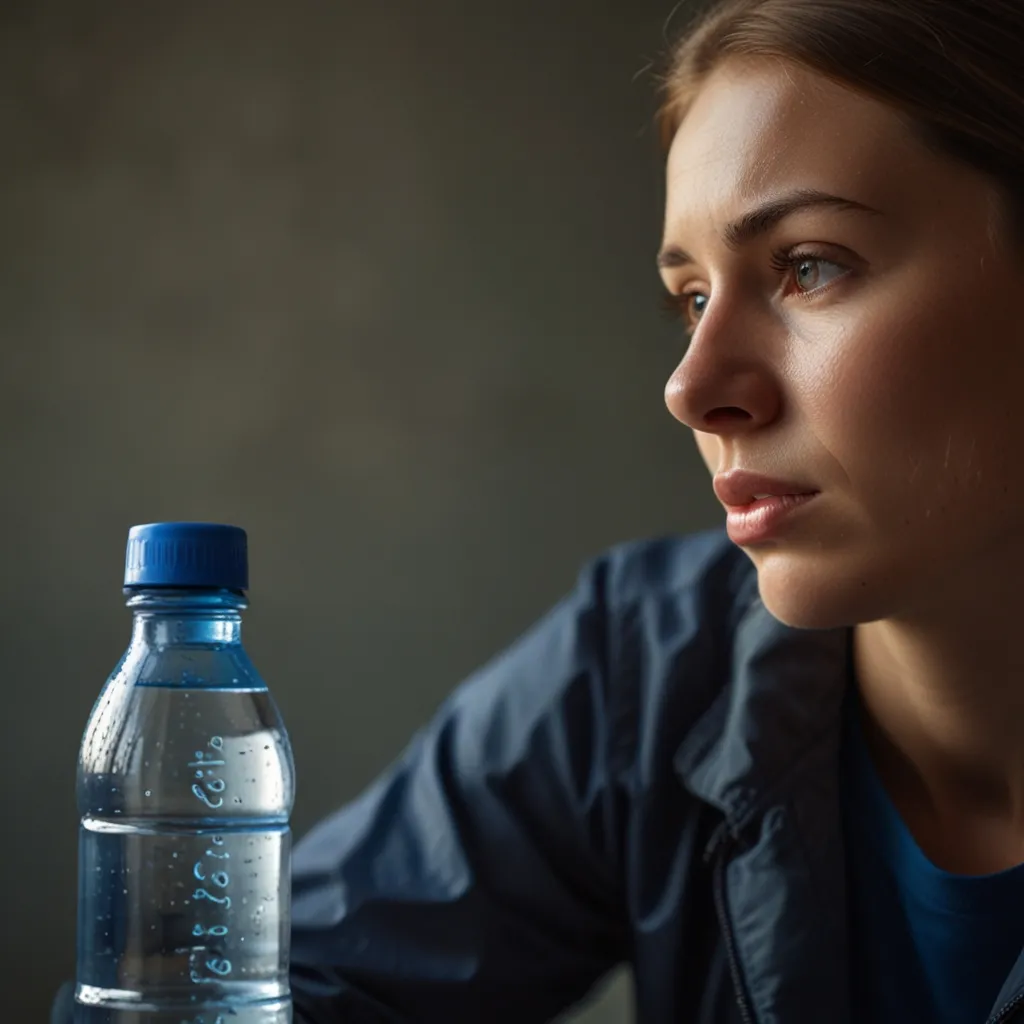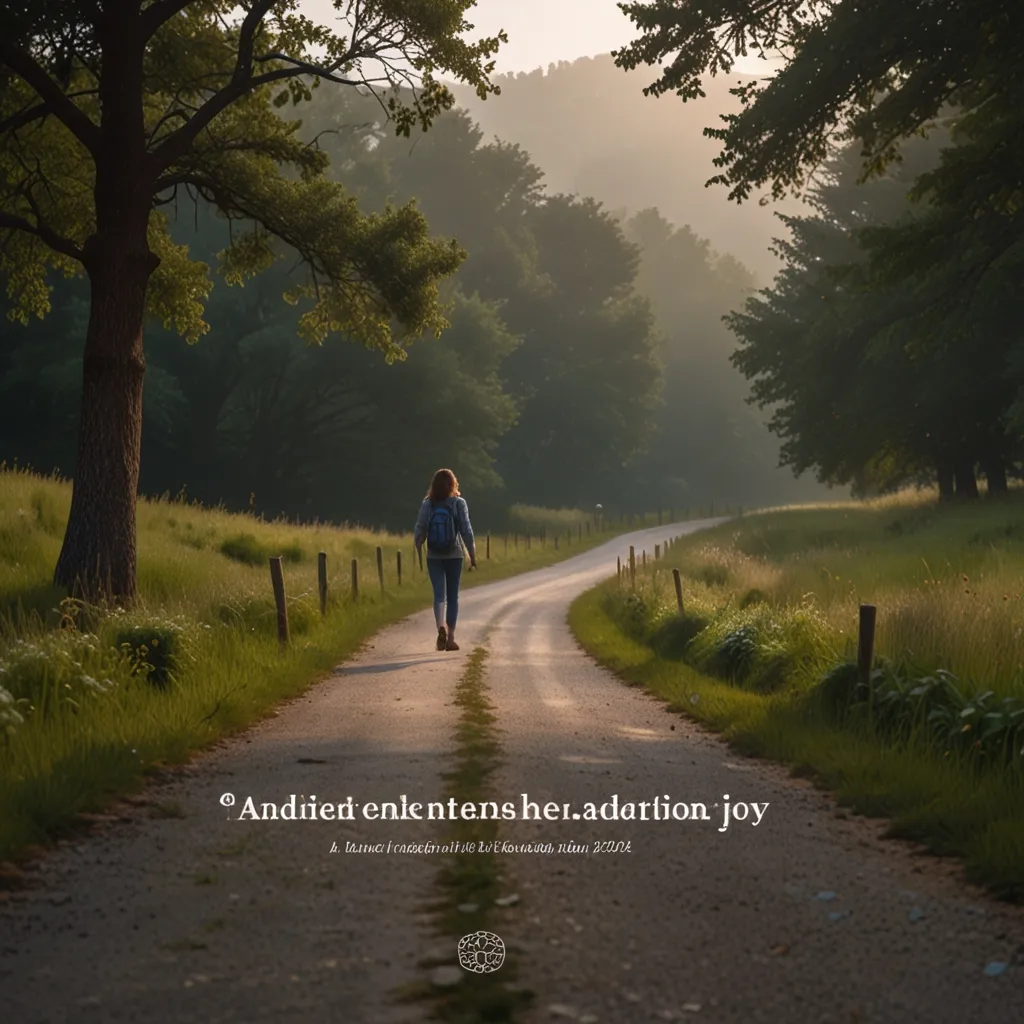Dehydration happens when you lose more fluids than you take in, throwing off your body’s balance of water and electrolytes. Symptoms can range from mild to severe, and knowing what to look for can help you catch and treat dehydration early.
The first sign you’re getting dehydrated is usually feeling thirsty. Your body is essentially nudging you, saying, “Hey, I need more fluids!” But don’t rely solely on thirst; older adults might not feel thirsty even when they need water. Another clue is a dry mouth and tongue. Your body cuts back on saliva when it’s down on fluids, making your mouth feel like cotton.
Ever had a headache that just wouldn’t quit? That could be dehydration too. These headaches often feel dull and throbbing, and they’re more common in some people than others. Feeling tired and sluggish? That’s another sign. Your body’s tissues need water to function, and when they don’t get enough, you’ll feel drained and lacking energy.
Dizziness and lightheadedness are also telltale signs. Dehydration means there’s less blood volume, which lowers your blood pressure. With less blood reaching your brain, you might feel woozy or lightheaded. In more severe cases, you could even get confused or disoriented. If this happens, it’s time to get medical help.
For infants and young children, dehydration signs can look different. Fewer wet diapers is a red flag. Babies usually cry with tears, but a dehydrated baby might have dry eyes when they cry. Also, check the soft spot on a baby’s head, called the fontanelle. If it looks sunken, that’s a warning sign.
Older adults are more at risk for dehydration because they don’t feel thirst as strongly, and they naturally have less water in their bodies. Medications like diuretics can also up the risk, as can minor illnesses or infections. So it’s crucial to keep an eye on their fluid intake.
Various factors can lead to dehydration. Diarrhea and vomiting are common culprits, especially in kids. Fever, heavy sweating, and increased urination can also cause it. Working out hard or being outdoors in hot weather ups your risk, too. Some medical conditions, like diabetes and kidney disease, can make you more prone to losing fluids.
Preventing dehydration is pretty straightforward. Drink plenty of fluids throughout the day. Water is the best choice, but milk, juice, and tea can help too. Eating water-rich foods like watermelon, oranges, and apples adds to your fluid intake. The key is to drink fluids regularly, especially during meals and when you’re active.
For those who exercise, drink 16 to 20 ounces of fluid an hour or two before you start. During exercise, sip 6 to 12 ounces every 10 to 15 minutes. Afterward, drink another 16 to 24 ounces to replenish what you lost. This routine helps keep your hydration in check.
Hot weather calls for even more fluids to regulate your body temperature and replace what’s lost through sweat. Even in the cold, dry air and high altitudes can make you lose moisture, so keep drinking. If you’re feeling under the weather, extra fluids are a must to avoid dehydration.
If you think someone might be dehydrated, act quickly. For mild dehydration, just drinking more fluids can usually fix the problem. Water, clear broths, or oral rehydration solutions work well. Babies can have breast milk or formula in addition to water. For moderate to severe dehydration, medical help might be needed. IV fluids can replenish lost fluids and electrolytes effectively.
So, in a nutshell, dehydration is something everyone should watch out for, especially young kids and older adults. Recognizing the signs early and acting can prevent serious issues. Drink lots of fluids and eat foods with high water content to keep your hydration up. If you’re unsure about how serious the dehydration is, it’s always smart to check with a healthcare provider.
Keep an eye on those around you and make sure everyone’s staying hydrated. Small steps can make a big difference in keeping dehydration at bay.






